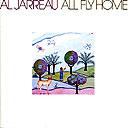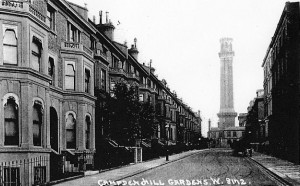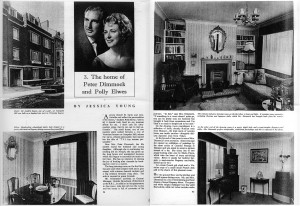
A year ago I wrote about my first Desert Island Disc and with the advent of summer, it’s high time I wrote about my second – Al Jarreau’s Grammy-winning album from 1978 All Fly Home.
I hadn’t heard of Al Jarreau in 1978. I was introduced to his music a few years later by my second roommate at university, George Applegarth, who came from an old established family in San Francisco.
George was incredibly urbane for a freshman in small-town provincial English Canada, and I had never met anyone like him. It was clear from the start that he really wanted to enjoy student life, and in the end he had trouble adapting to the cold, serious, unsophisticated climate he found at Queen’s. Just before Halloween he called it quits and returned to his large family in warm California. During his short stay, however, I fell in love with his two recordings by Al Jarreau. I played them over and over again in our room, until even George started to complain that I was playing them too much.
The two albums were This Time and All Fly Home, and to be honest I don’t know which I would choose as my favourite. Whenever I introduce friends to Jarreau’s music, however, I always play All Fly Home because I know that one particular track is guaranteed to impress them: Jarreau’s version of the Beatles song She’s Leaving Home.
The song tells the story of a girl running away with her boyfriend to escape the oppressive control of her parents. It was inspired by a true story that Lennnon and McCartney spotted in The Daily Mail, and you can tell from the lyrics (“She’s leaving home, after living alone, for so many years“) that they understood the feelings of disaffected youth very well.
It’s hard to describe what Jarreau does to this song, but no one ever recognises it as Lennon and McCartney even if they are familiar with the original. It’s arranged for jazz trio and, freed from the constraints of pop, lasts twice as long as the original. At this point in his career, Jarreau was a true jazz musician, and as fans will know, when not singing words, his voice becomes a fourth instrument in the band.
His interpretation of She’s Leaving Home is about as far removed from the Beetles’ version as I can imagine possible, and yet it remains incredibly true to the spirit of the original song. In fact, more so. I think it is arguably better at expressing the painful regret of past failures than the original Beatles recording.
Even though I haven’t heard them all, Jarreau’s performance is so good that I’m sure it’s the best rendition of this piece (according to The Covers Project there have been eight). It’s a masterpiece of understanding, expressed through a song all about misunderstanding, and for that reason alone it would have to be among my desert island discs. Besides, how many cover versions are better than the original?



